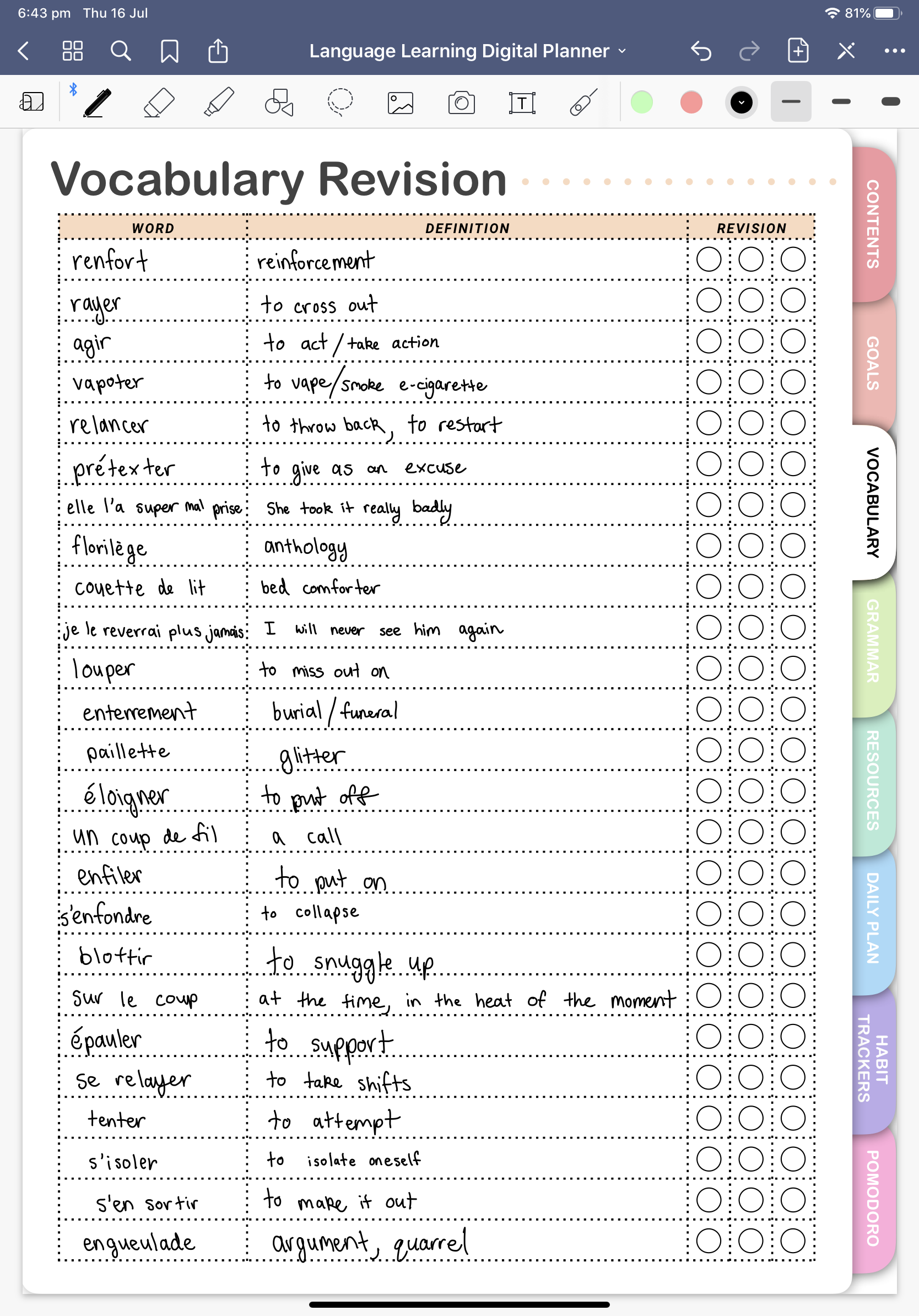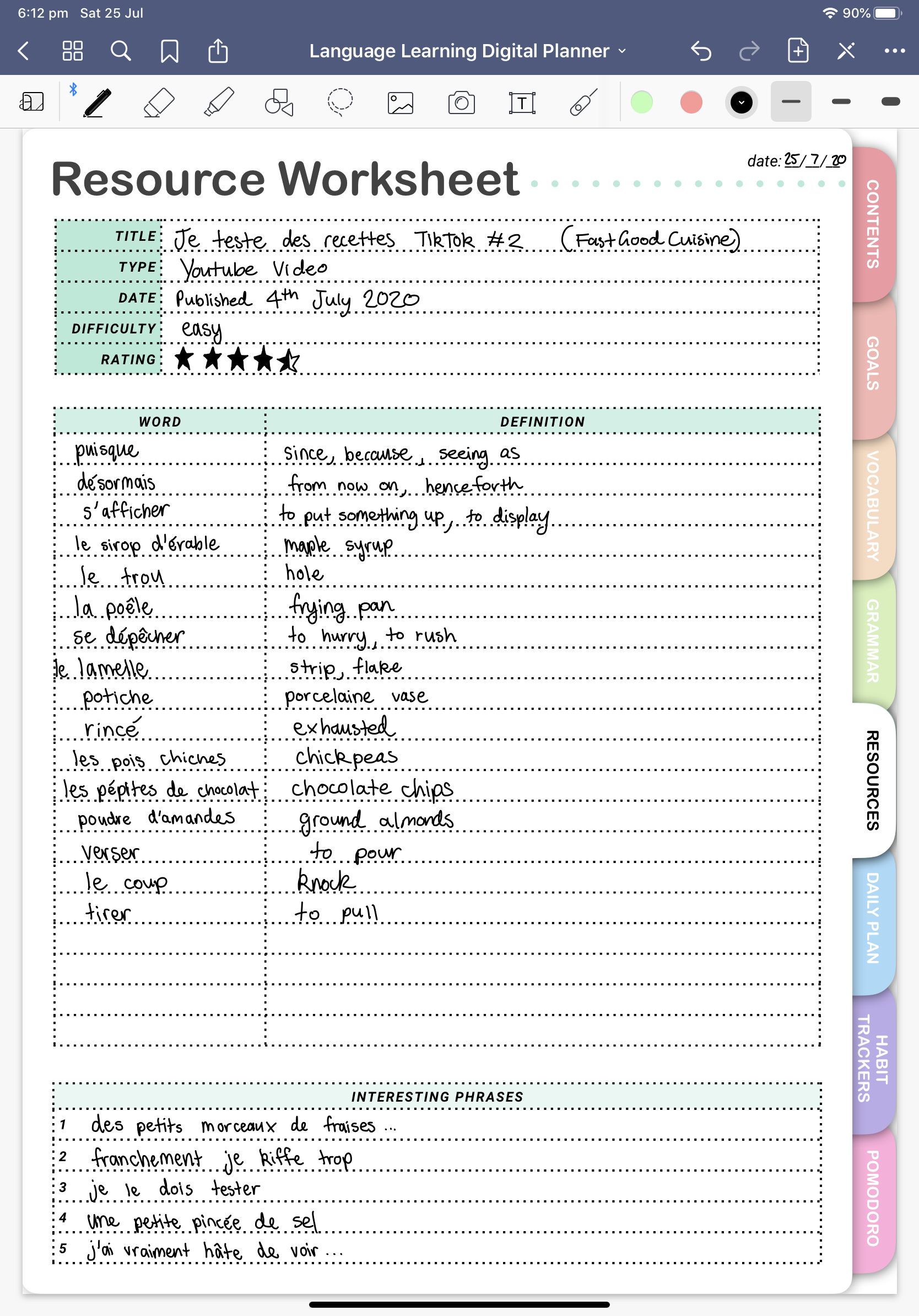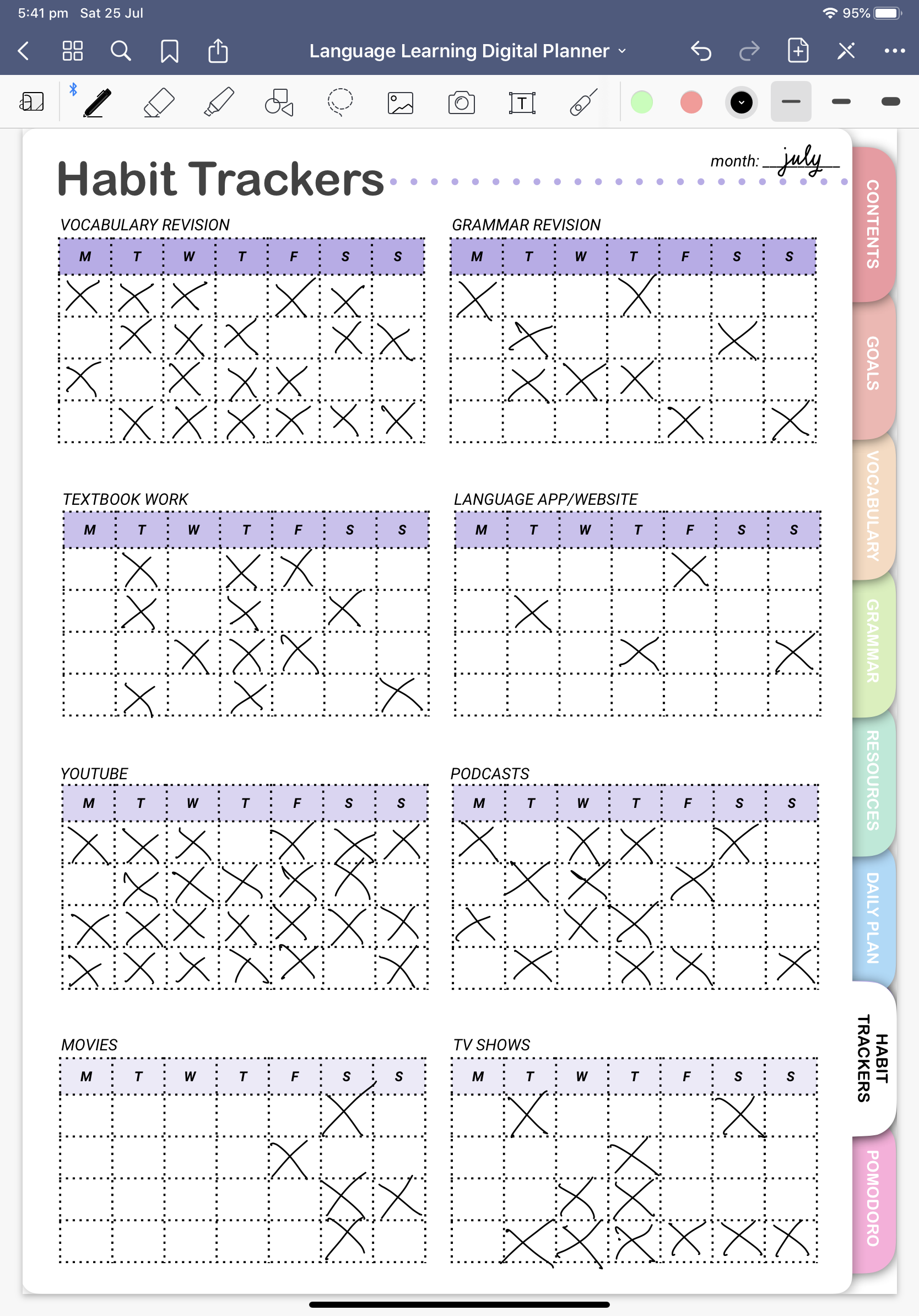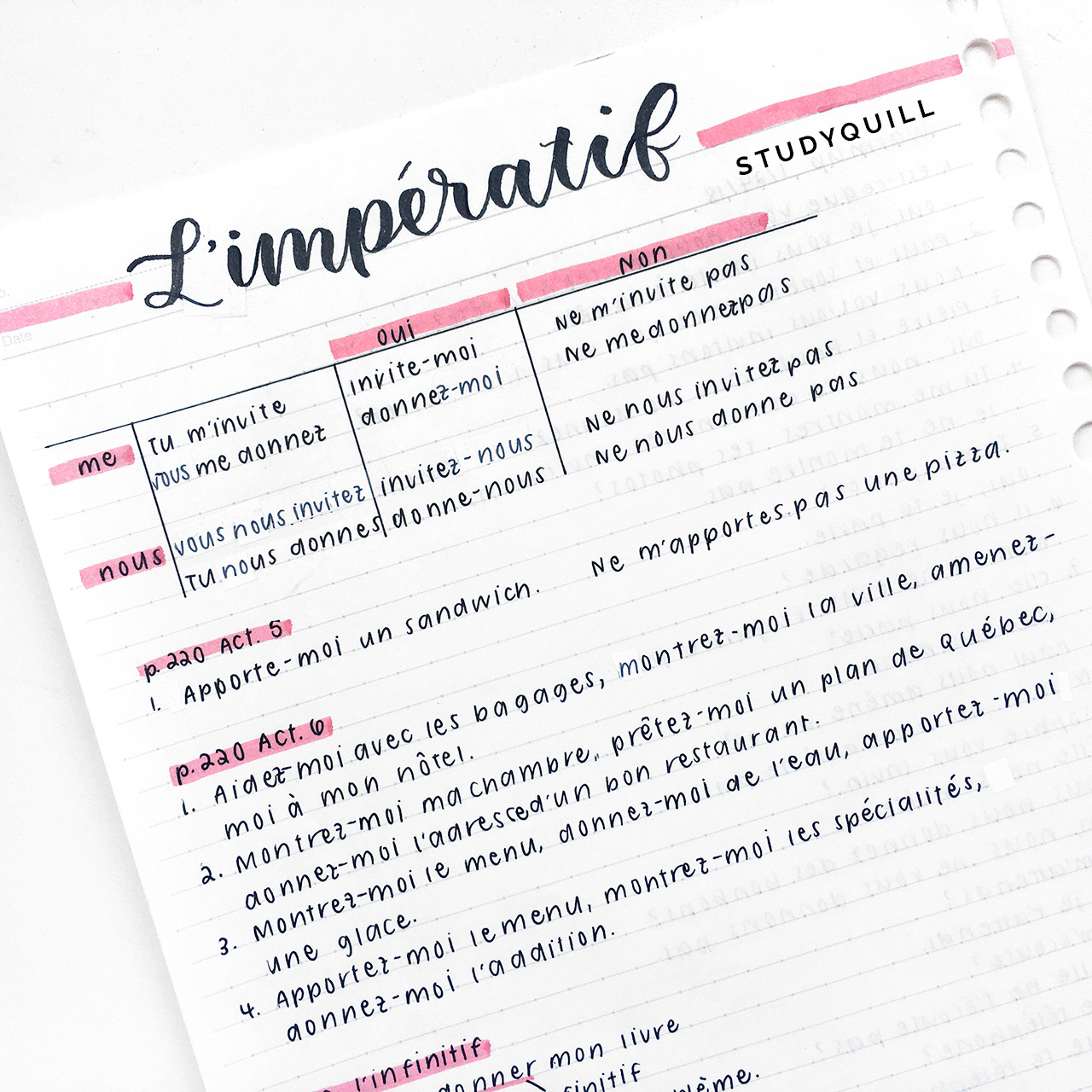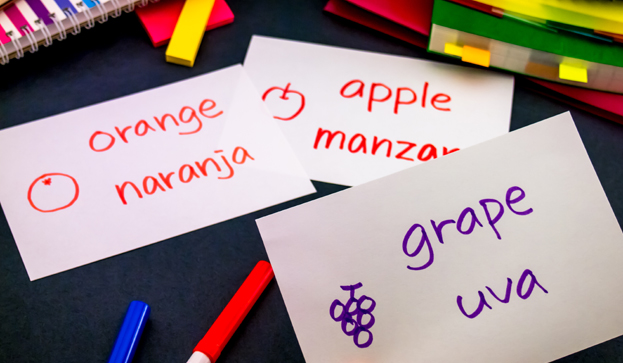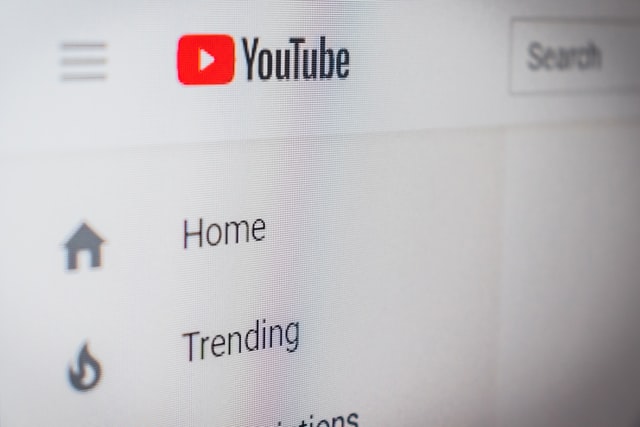
You Can Use YouTube To Learn A Language! Here’s How…
Youtube is one of the best resources for learning a language and it’s 100% free which is an added bonus. I heard that over 300 hours of videos are uploaded to youtube every minute from all around in the world in lots of different languages so it is one of the best resources out there for language learners.
To use youtube to aid your language learning you need to decide on what type of videos you want to watch, filter your search results to find popular videos with subtitles, activate the subtitles and then write down new phrases and vocabulary as you watch the video!
Benefits of Watching YouTube in Your Target Language
#1 YouTube Videos Are Free
The most obvious benefit of learning a language through YouTube is that it is nearly 100% free (unless you have YouTube premium but that is not necessary). You don’t need to buy any expensive textbooks or grammar books to start learning a language at all, just start watching youtube!
#2 It Enriches Your Vocabulary
By watching native speakers of the language you are learning on youtube you are going to learn so many new words and useful phrases. It will also improve your pronunciation of these words as you will hear a native speaker say them out loud.
Also the language that you come across on youtube is going to be a lot more conversational and informal than what you would find in a textbook or during a language lesson. It resembles more of what real people are saying which is really beneficial.
#3 It’s A Very Fun Way To Learn
YouTube is a really fun way to learn compared to reading a textbook or doing grammar exercises (these are still important but they are not the only way to learn). Videos are a much more engaging format to learn with.
#4 You Can Pretty Much Watch Any Type Of Video You Desire
As I stated above there are hundreds of hours of youtube videos uploaded every single minute which means that there has to be a video for you to watch! You can watch educational videos that give you language lessons, watch videos about your hobbies or watch vloggers in your target language.
A Step-by-Step Guide To Learning A Language With YouTube
Step One: Decide what type of video you are going to watch
As I talked about above, there are millions of youtube videos which means there has to be something for you. The first step for learning a language through youtube is to decide what type of video you want to watch. Here are some types of videos you might come across:
- Educational videos – These are videos which teach you the language you are learning. To find these simply type into the search bar: “learn (insert name of language you are learning)”
- Videos related to your hobbies – To find videos related to your interests I suggest getting a dictionary and finding the word or phrase for the topic of video you want to watch. Then all you need to do is type that word into the search bar. For example if I wanted to learn how to surf in spanish I would search “como surfear”.
- Movies and TV series – YouTube also has full movies and tv series. Most of them you have to pay a small price to watch but for older movies that are out of copyright, you can usually find the full movie. Search up movies in your target language on google and then type the title into the search bar. I also suggest that you read my article where I explain how to become fluent by watching foreign language movies.
- Music videos – There are plenty of music videos on youtube and if you are already listening to music in your target language why not try out watching the video that goes along with it as well. If you are interested you should check out my article where I explain how to learn a language through music.
Step Two: Filter your search results
Once you have a good idea of what type of video you want to watch I suggest filtering your search results. This is how I suggest filtering your youtube search results to make your language learning experience better:
- Subtitles/CC
- Duration: Short (optional)
- Popularity: View count
The most important filter selection out of these 3 is subtitles/cc. It is really beneficial to find videos with subtitles as it is easier to understand and then you can write down vocabulary. Also if you are a visual learner, it is easier to understand as you will be able to associate what you hear with an image of a word.
Step Three: Make Adjustments To Your Viewing Experience
(Activate subtitles & Slow Down The Video Speed)
Now that you have found a youtube video to watch you should make adjustments to the video to make your language learning experience better. You can do all of this by clicking the gear symbol in the bottom right hand corner of the video. From there I suggest turning on subtitles, preferably human generated ones, if not use auto-generated as they are usually pretty good. And also slow down the speed of the video slightly if it is too fast for you to understand. Speed 0.75 is a good start, anything slower can distort the sound quality a lot.
Step Four: Write down new phrases and vocabulary
This is the most important step. Do not skip out on it!
If you are watching a YouTube video or any video form (movie, tv show etc.) with the intention of learning a language you have to actively watch it! This means that you sit down at a desk and write down words and new phrases as you watch the video.
My favourite way of actively learning while watching YouTube is to use my digital language learning planner! There is a full section in it dedicated to vocabulary learning and I love using the vocabulary revision page to make vocabulary lists. Here is a screenshot of a vocabulary page I have filled out from my personal language planner:
You can also get this planner as a printable version if you don’t use an iPad or tablet for digital planning. And if you are interested in learning more about digital planning I suggest you read my article where I explain how to become a paperless student.
The other option for vocabulary learning with YouTube videos in my digital language learning planner is to use the ‘resource worksheet’ page. On it you can write the title of the video, the type of video, the date it was published, the difficulty of the video and also rate the video. Underneath that there is a table where you can write new vocabulary and definitions. And beneath that a table where you can write 5 interesting phrases that you heard while watching the video that you might want to use yourself. Here is a screenshot of it from my personal digital language learning planner:
When you are writing down vocabulary don’t be afraid to pause, rewind and fast forward the video as necessary to get the most out of it. Also do not write down every single word that you don’t know as this will make language learning a chore. Be a good judge for the amount of vocabulary you write down. Maybe ask yourself these questions:
- Does this person repeat this word a lot/often?
- Have I seen/heard this word elsewhere but don’t know the meaning?
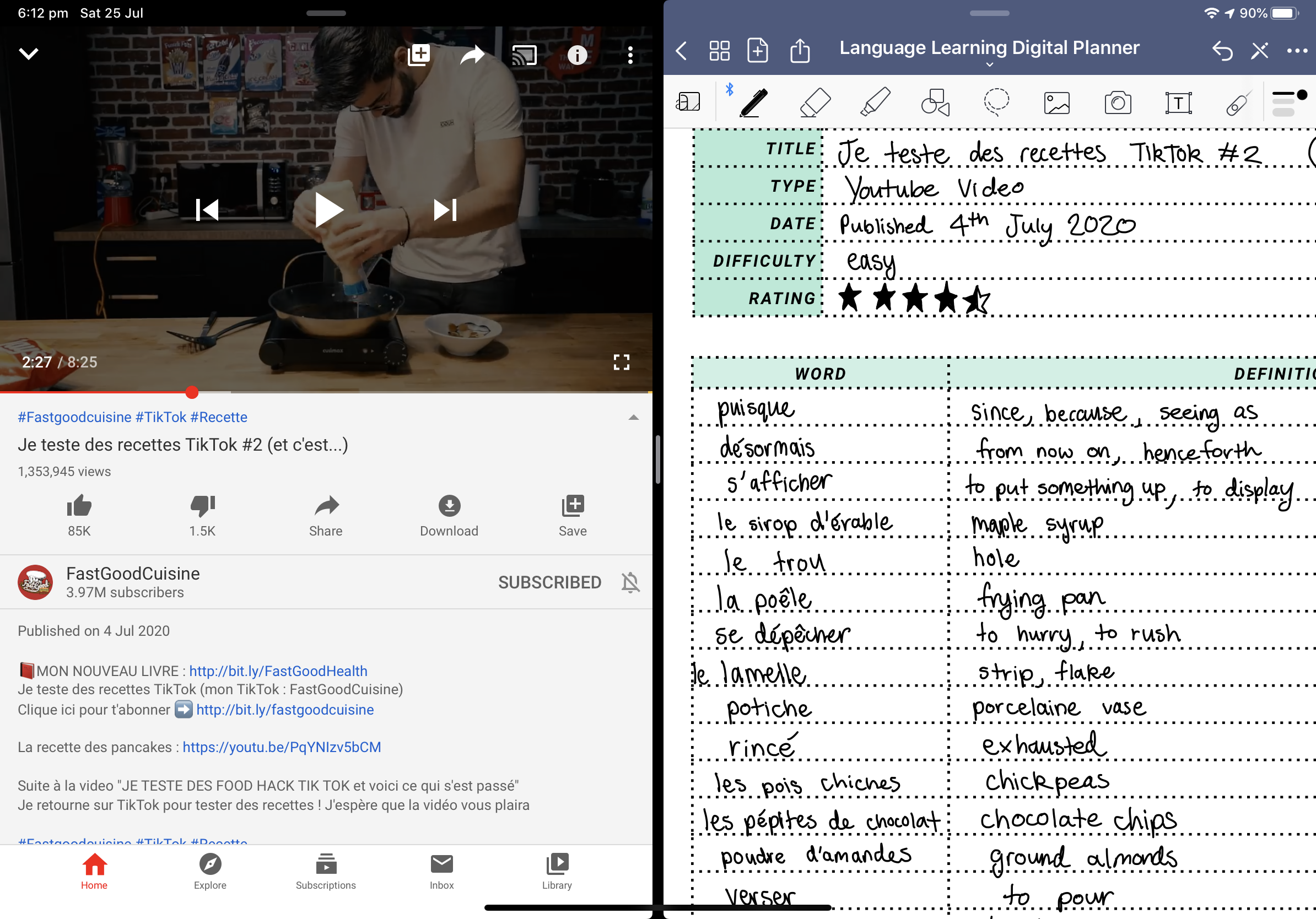
While you are watching you can pause the video and search up definitions in a physical dictionary or online and then go back and rewatch the segment where they say the word so you can translate it.
Or you can write down all the words you don’t know and then define them all once the video is over. This works if you are getting the general gist of the video without knowing what every word means.
Another section in both my printable language learning planner and digital language learning planner are resources pages. There is one that is a full page table dedicated to rating resources that you come across in your studies.You can use it with YouTube where you can rate videos and then use it as a reference if you will rewatch the video to learn even more later down the track.
Step Five: Integrate Language Learning With YouTube Into Your Regular Language Study
Learning a language with YouTube is such a fun method that is really underrated. I highly suggest that you make the effort to do a little bit of language study every single day and this could be watching a short 5-10 minute YouTube video. It won’t even feel like hard work!
If you regularly watch YouTube make the habit to stop watching so much in your native language and instead spend your time watching it in your target language.
In my printable language learning planner and digital language learning planner there is a full page dedicated to habit trackers related to language learning. There is one for YouTube which I suggest you try out. I challenge you to watch a short YouTube video in your target language every day for 4 weeks! To use it all you need to do is put a cross in the box that corresponds to the day that you did some language study with YouTube.
The other language habit trackers included are for vocabulary revision, grammar revision, doing textbook work, using a language app/website, listening to a podcast, watching movies and watching tv show episodes.
Here is a screenshot of all of the habit trackers in use from my personal digital language planner:
Bonus Suggestions For Learning A Language With YouTube
- Comment on videos in target language
- Read through comments and translate them
- Do a shadowing activity where you pause and repeat the sentence the YouTube said out loud
- Make a playlist with language learning videos
- Subscribe to youtubers that speak the language that you want to learn
- Sing along with music videos/karaoke videos in your target language
Digital language learning planner
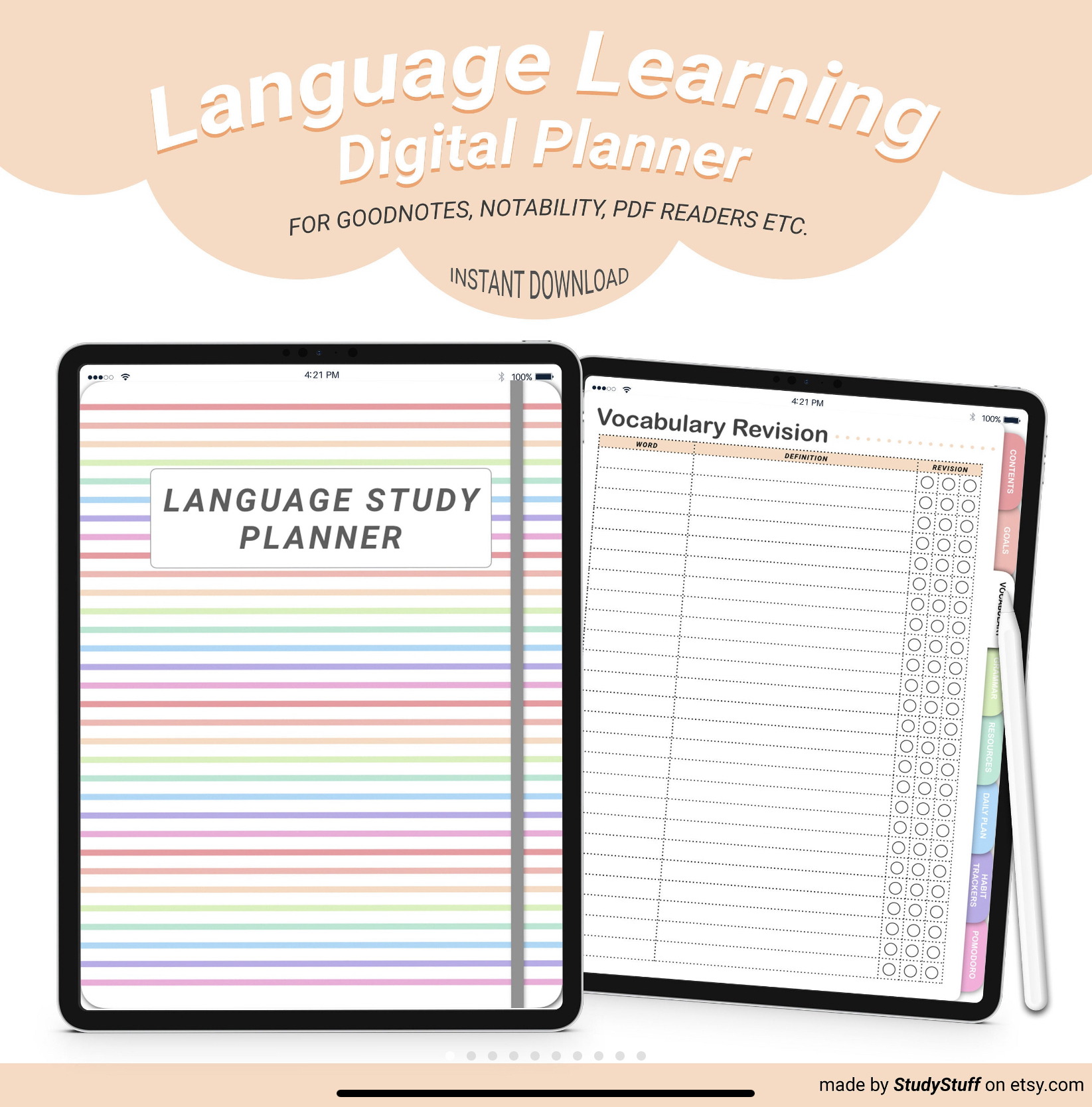
Printable language learning planner
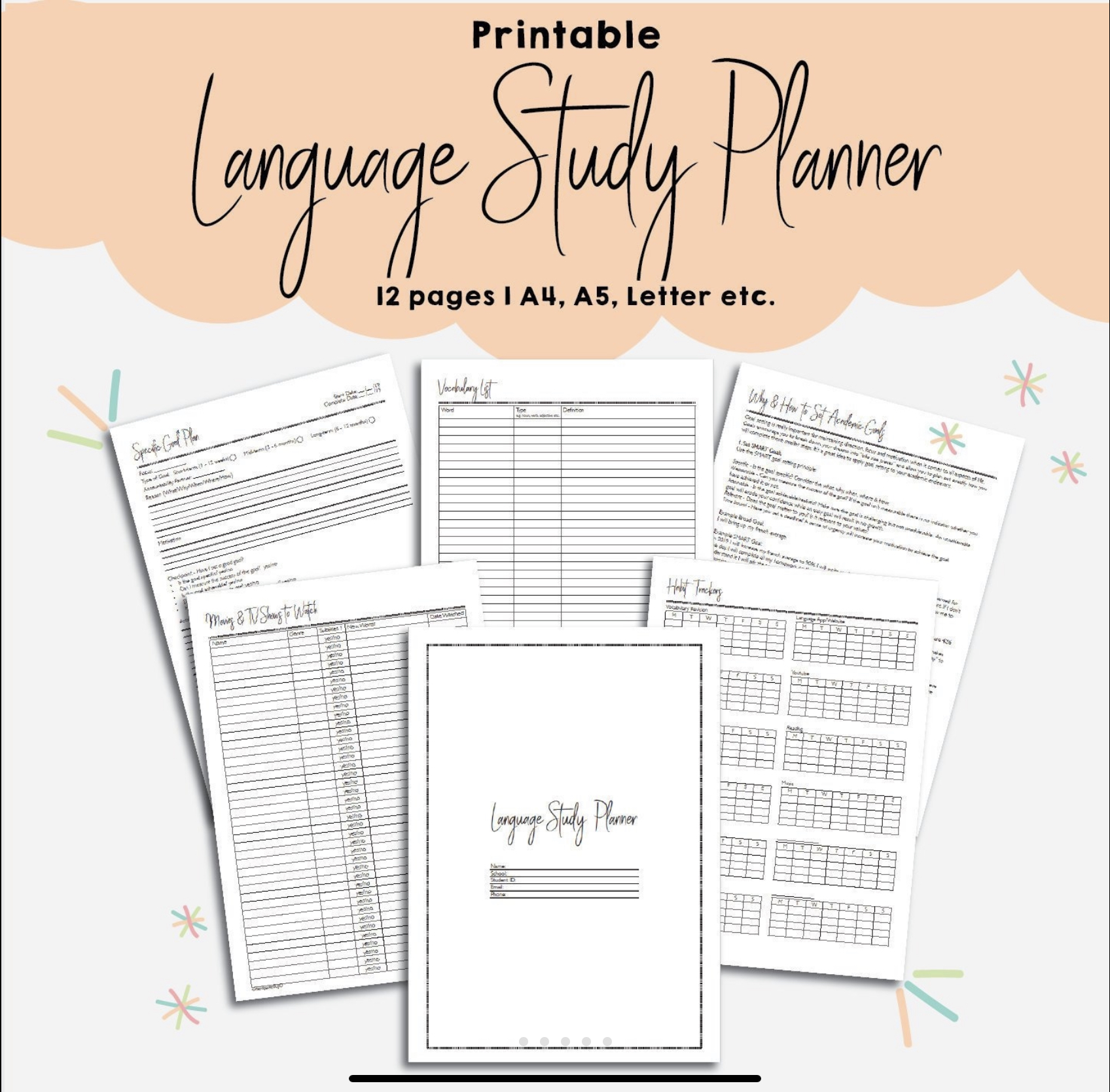
Join more than 1,212,346 people from 192 countries and learn a new language at your own pace at Rocket Languages!
Check Out The Online Courses Below:
Or Join A Live Online Language Learning Class With Real Teachers On Lingoda!
Check Out The Online Courses Below:
The best ways to learn a language without going to classes include: watching foreign language films on Netflix, using a …
There are many different note taking methods that can work well for language learning. To take effective notes for language …
If you are working full time and you want to learn a language, you need to make the most of …
Kinesthetic learners are the most physical of all learning styles meaning they absorb information through movement, touch and motion. Therefore, …
65% of the population are visual learners and therefore learn best by using images, graphics, colours, computers, books and other …
Flashcards are effective for language learning if you make and study them in the correct way. This is by making …



